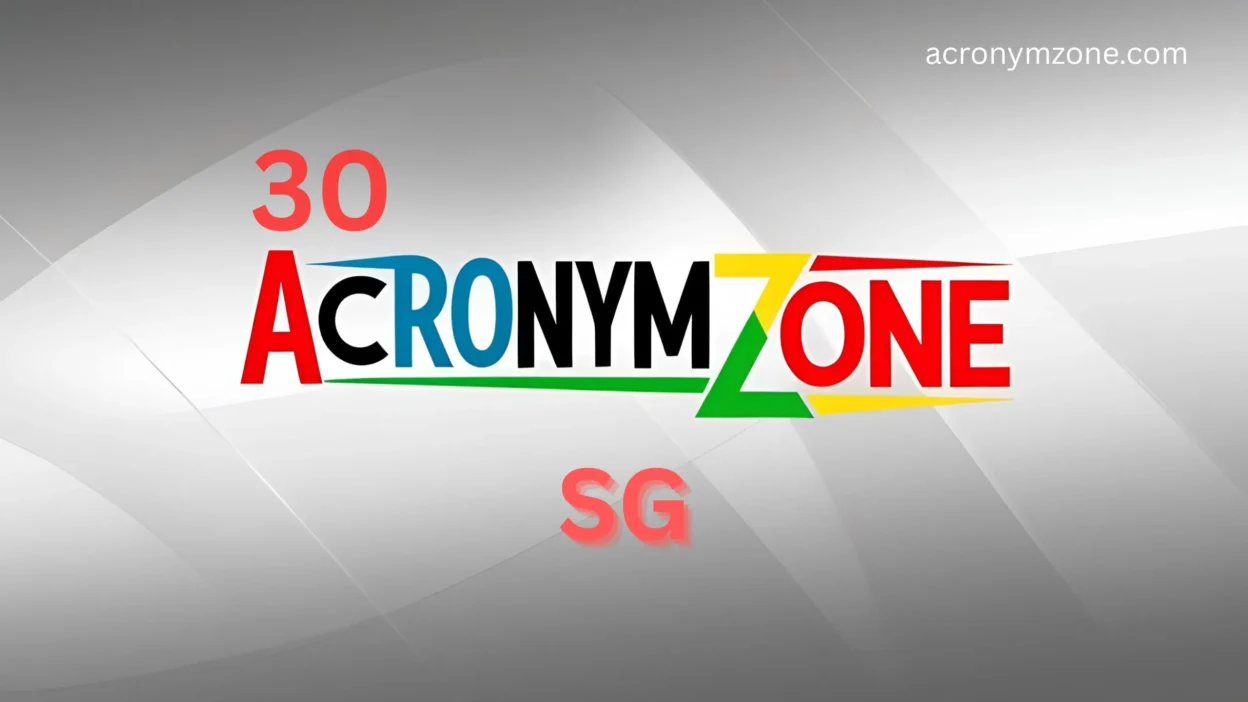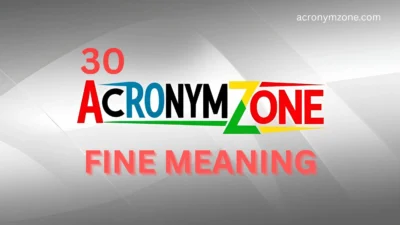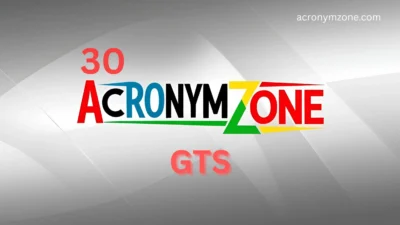The acronym SG can stand for many things depending on the context—Small Group, Smart Goals, Social Good, or even Study Guide. But for this article, let’s focus on one common interpretation: Small Group—particularly in educational, religious, or professional settings.
A Small Group (SG) typically refers to a close-knit, focused gathering of individuals working toward a common goal: learning, support, discussion, or collaboration. Whether in a classroom, church, or corporate workshop, SGs allow for intimate dialogue, deeper connection, and personal growth.
However, you won’t always want to use “SG” or “Small Group” in every context. Depending on tone, setting, and emphasis, there may be a better-fitting alternative.
Let’s walk through 30 alternatives to “SG,” each with its own flavor, purpose, and nuance—so you can express the idea with more clarity and precision.
🔤 30 Alternatives to “SG” (Small Group) and When to Use Them
- Team
A group working toward a shared objective.
“The team tackled the project collaboratively.”
👉 Ideal for workplace or goal-driven contexts. - Circle
A small, often intimate group.
“She shared her story with the support circle.”
👉 Best for emotional or community-focused settings. - Cohort
A group with a shared experience or timeline.
“Our training cohort bonded quickly.”
👉 Often used in education or structured programs. - Unit
A functional group within a larger system.
“The emergency response unit was well-coordinated.”
👉 Use when highlighting structure or efficiency. - Crew
Informal, often collaborative group.
“The film crew worked long hours.”
👉 Works well in creative or casual settings. - Pod
A tight, focused group—often temporary.
“Students were assigned to learning pods.”
👉 Popular in education and remote learning. - Cluster
Group of similar or connected members.
“A cluster of volunteers planned the event.”
👉 Emphasizes similarity or shared focus. - Task Force
A group assembled for a specific mission.
“The task force addressed urgent issues.”
👉 Great for short-term, high-impact groups. - Committee
A decision-making or planning group.
“The finance committee met weekly.”
👉 Use when formal structure is important. - Cell
A small, often secretive or independent group.
“The activist cell met in private.”
👉 Best for discreet or underground contexts. - Cabin
Intimate sub-group, often in camps or retreats.
“Our cabin bonded over late-night talks.”
👉 Works in youth or retreat settings. - Hub
A central group for activity or communication.
“This hub leads the innovation efforts.”
👉 Good for leadership or coordination groups. - Guild
A community sharing skills or values.
“Writers joined the fiction guild.”
👉 Use in creative or craft-based settings. - Hive
A buzzing, collaborative group.
“The marketing hive worked seamlessly.”
👉 Emphasizes productivity and synergy. - Panel
A group of experts or voices.
“The panel discussed mental health.”
👉 Best for forums, interviews, or discussions. - Roundtable
A discussion group with equal voices.
“The roundtable encouraged open dialogue.”
👉 Ideal for peer-to-peer conversations. - Squad
Informal, supportive, or tight-knit group.
“She relied on her fitness squad for motivation.”
👉 Great for youth or community-focused groups. - Workshop
A hands-on, interactive small group.
“They attended a writing workshop.”
👉 Use for learning, training, or creative work. - Circle Group
Similar to a circle, with added formality.
“Circle groups helped build trust.”
👉 Useful in community or educational environments. - Forum
A group assembled for discussion.
“The parenting forum met weekly.”
👉 Best for topical or issue-based gatherings. - Session
A single meeting of a small group.
“The therapy session was powerful.”
👉 Emphasizes time and structure. - Collective
Group with shared goals, often egalitarian.
“The artist collective launched a new exhibit.”
👉 Great for creative or activist groups. - Support Group
A group offering emotional or moral support.
“He found solace in his support group.”
👉 Ideal for mental health or recovery circles. - Think Tank
A focused group generating ideas or strategy.
“The think tank proposed new solutions.”
👉 Use when ideas or innovation are key. - Ministry Group
A faith-based small group.
“The ministry group met every Thursday.”
👉 Works well in religious or spiritual settings. - Peer Group
Group of individuals at the same level.
“Peer groups help students process challenges.”
👉 Use in educational or mentoring settings. - Discipleship Group
Faith-based group focused on growth.
“Discipleship groups encourage accountability.”
👉 Religious context, especially Christian. - Affinity Group
People united by identity or purpose.
“The LGBTQ+ affinity group planned the event.”
👉 Ideal for inclusion and belonging. - Microgroup
An even smaller subset of a group.
“Microgroups allowed more personalized learning.”
👉 Use for highly focused or personalized formats. - Learning Circle
A small group committed to shared learning.
“Learning circles deepened the material.”
👉 Best for education, peer-led environments.
💡 How to Choose the Right Alternative
Ask yourself:
- What’s the goal of the group? (Learning, support, planning, action?)
- What’s the tone? (Casual, formal, spiritual, academic?)
- Who’s in it? (Peers, experts, youth, adults, professionals?)
- How is it structured? (Ongoing, one-time, temporary, permanent?)
Here’s a quick reference table:
| Group Type | Best Alternatives |
| Educational | Cohort, Pod, Learning Circle, Peer Group |
| Spiritual/Faith-based | Ministry Group, Discipleship Group, Circle |
| Emotional Support | Support Group, Circle, Collective |
| Workplace/Corporate | Team, Task Force, Think Tank |
| Creative/Community | Guild, Collective, Squad, Workshop |
| Formal/Organizational | Committee, Unit, Panel, Forum |
🎯 Conclusion
The term “Small Group” (SG) is a convenient label—but the words you choose can convey intimacy, purpose, and emotion more effectively. Whether you’re designing an educational experience, hosting a Bible study, or leading a team project, your word choice helps set the tone and invite the right people.
So next time you organize or refer to an SG, consider: What are they really doing? What tone are you trying to set? Choose your words accordingly, and your group will feel more connected, inspired, and understood.




